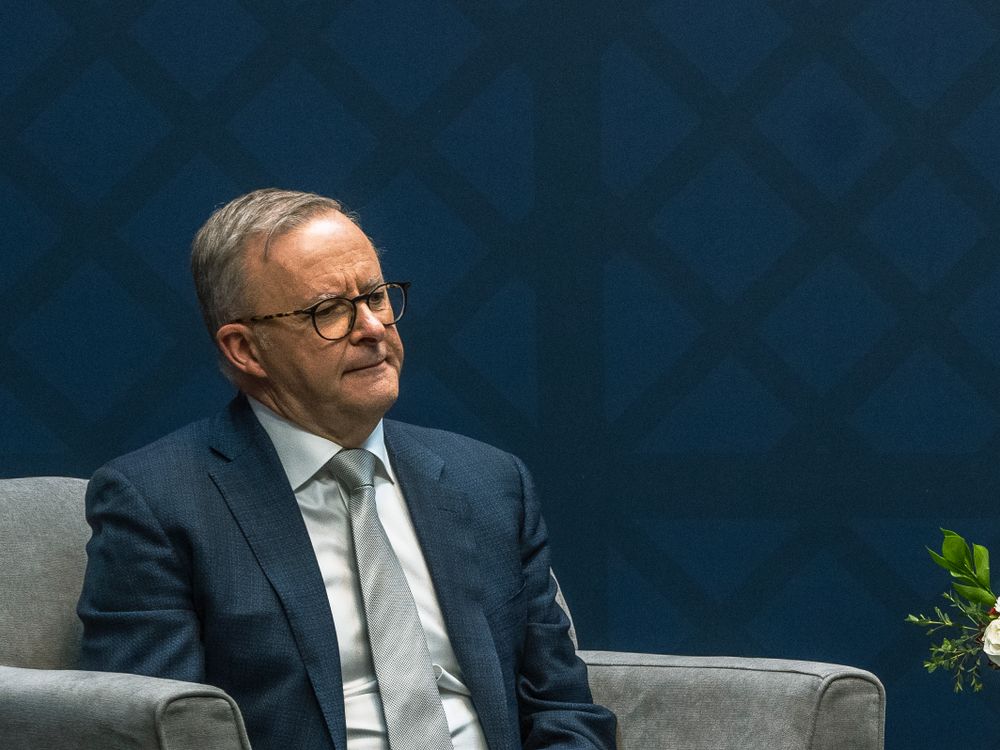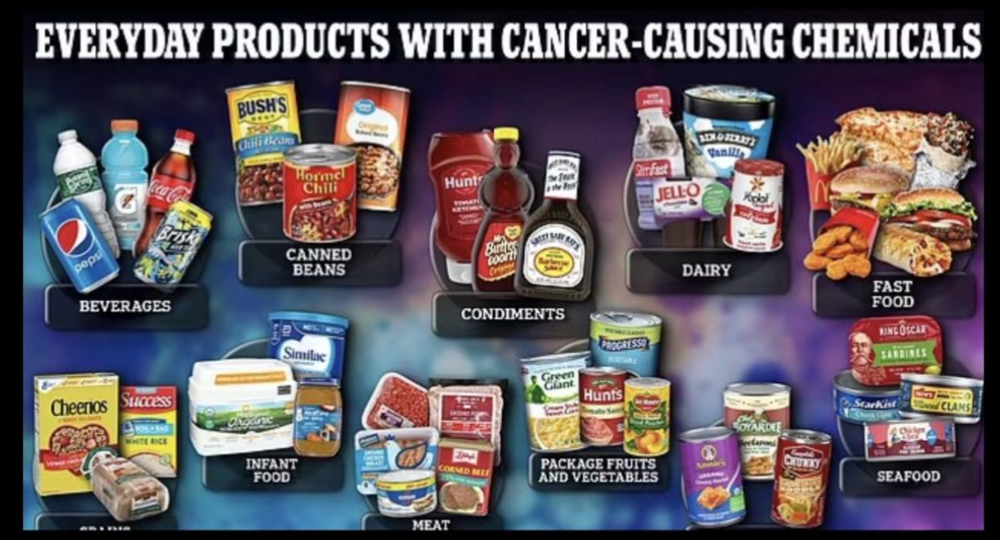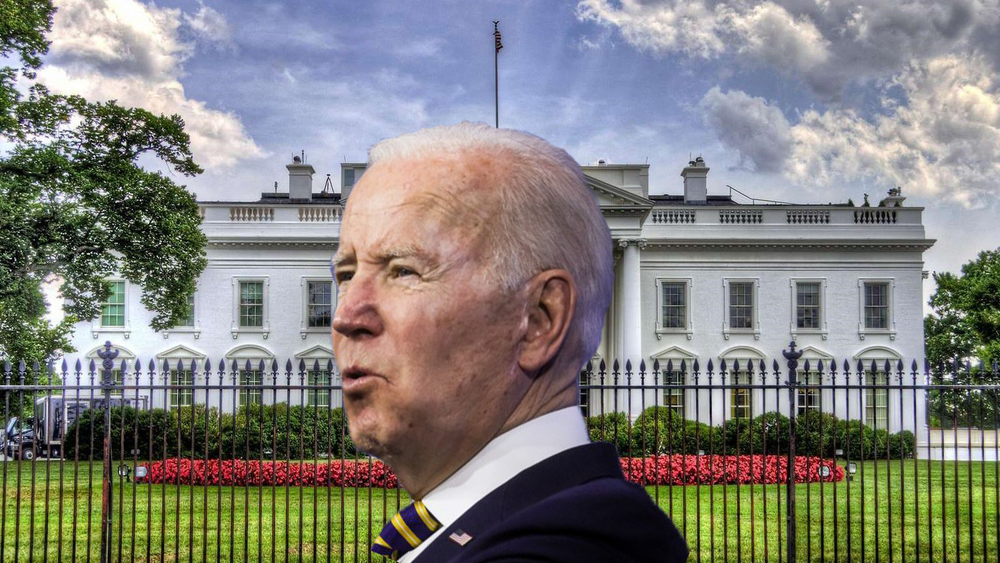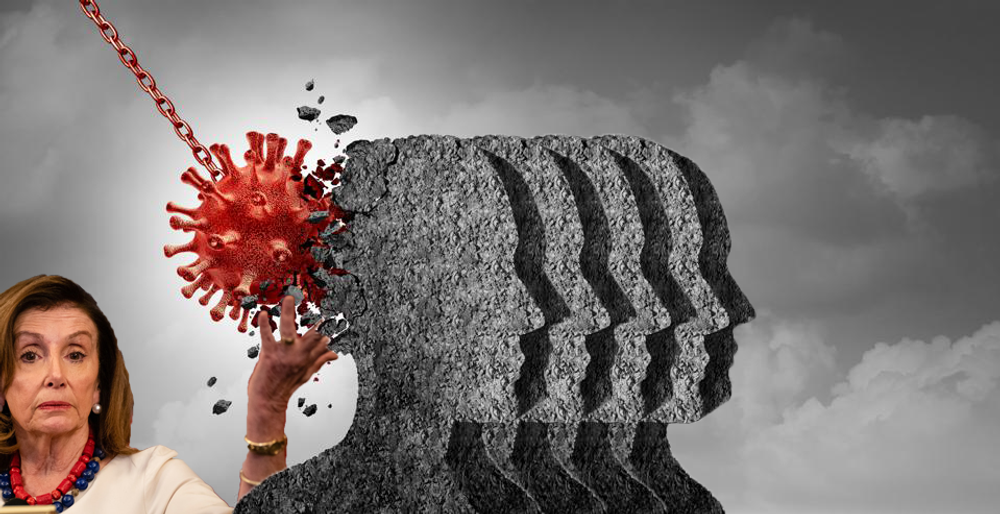
Three Key Things to Look for in Mueller Report
Three Key Things to Look for in Mueller Report

On March 22, Special Counsel Robert Mueller concluded his 22-month-long investigation of Russian interference in the 2016 U.S. presidential election by submitting a nearly 400-page confidential report of his findings to Attorney General William Barr. A week later, Barr wrote to members of Congress that he expects to release a redacted version of the full report by mid-April, if not sooner.
Here are three of the most important things to look out for when the report is released:
How much of the report will the public see?
The report runs about 400 pages, excluding tables and appendices, nearly twice as long as Whitewater independent counsel Kenneth Starr's 1998 report to Congress. But not every page is likely to be seen by the public, which could deepen a controversy already swirling around Barr's refusal to release the full report.
While congressional Democrats want the complete report out, Barr has said redactions must be made to shield secret grand jury material and other sensitive information from public disclosure.
If the special counsel's previous court filings are any indication, parts of the report are likely to be heavily redacted. In one recent filing by Mueller, almost every page was blacked out.

Barr has pledged to provide maximum transparency. Whether he errs on the side of less or more redactions remains to be seen.
Blacking out large portions of the report could renew criticism that the Justice Department is hiding information from Congress and intensify Democrats' demands for full disclosure. So far, Congress and the public have had to rely almost exclusively on Barr's interpretation and summary. "Show us the Mueller report!" House Speaker Nancy Pelosi of California demanded.
On the other hand, if summaries of various sections of the report — which were reportedly designed by Mueller and his team for immediate release — are not heavily redacted, the attorney general could face questions for holding them back.
What will the report add to well-documented Russian election interference?
The first part of the Mueller report documents Russian computer hacking and social media disinformation efforts to influence the 2016 election. The majority of this part appears based on grand jury indictments handed down against Russian operatives in February and July 2018.
Per Barr, the special counsel's finding was categorical: "The investigation did not establish that members of the Trump Campaign conspired or coordinated with the Russian government in its election interference activities," Barr quoted from the Mueller report.
Trump seized on Barr's letter to declare "total exoneration" for himself. But whether the full report totally vindicates him of involvement in the Russian meddling effort or leaves any clouds hanging over him remains to be seen.
While the special counsel has documented interactions between Trump campaign associates and Russia, he has not revealed whether Trump was aware of and endorsed any of the exchanges.

Disgraced former Trump lawyer Michael Cohen has claimed that Trump knew of both the 2016 Trump Tower meeting between Trump advisers and Russian operatives, and interactions between Trump informal adviser Roger Stone and WikiLeaks, which published damaging hacked emails regarding Democrat Hillary Clinton and her campaign organization. Trump has denied the allegations.
Was Barr's exoneration of Trump justified?
The second part of the report, which deals with whether Trump obstructed justice, has generated the most controversy and is likely to be closely studied, parsed and debated.
In his summary, Barr wrote that "the report sets out evidence on both sides of the question. It leaves unresolved what the special counsel views as 'difficult issues' of law and fact concerning whether the president's actions and intent could be viewed as 'obstruction.'"
In recent days, however, Mueller's investigators have reportedly expressed frustration to associates that Barr's summary failed to adequately describe "derogatory information" about Trump's actions included in the report.
If borne out, this apparent contradiction between what Mueller's prosecutors claim is in the report and how Barr subsequently characterized it to Congress could renew criticism that Barr cherry-picked the report to justify exonerating the president of obstruction of justice.
On the other hand, the report could shed light on how Mueller arrived at his decision not to draw any conclusion about whether Trump obstructed justice.
In his letter, Barr wrote that his determination that there was no obstruction was based on a long-standing Justice Department policy against indicting a sitting president. However, he left unmentioned whether the guidance had been part of the special prosecutor's calculus.
 Trump Avoids ‘You’re Hired’ With Acting AppointmentsNext PostUS Homeland Security Shake-Up Claims Political Victims
Trump Avoids ‘You’re Hired’ With Acting AppointmentsNext PostUS Homeland Security Shake-Up Claims Political Victims







